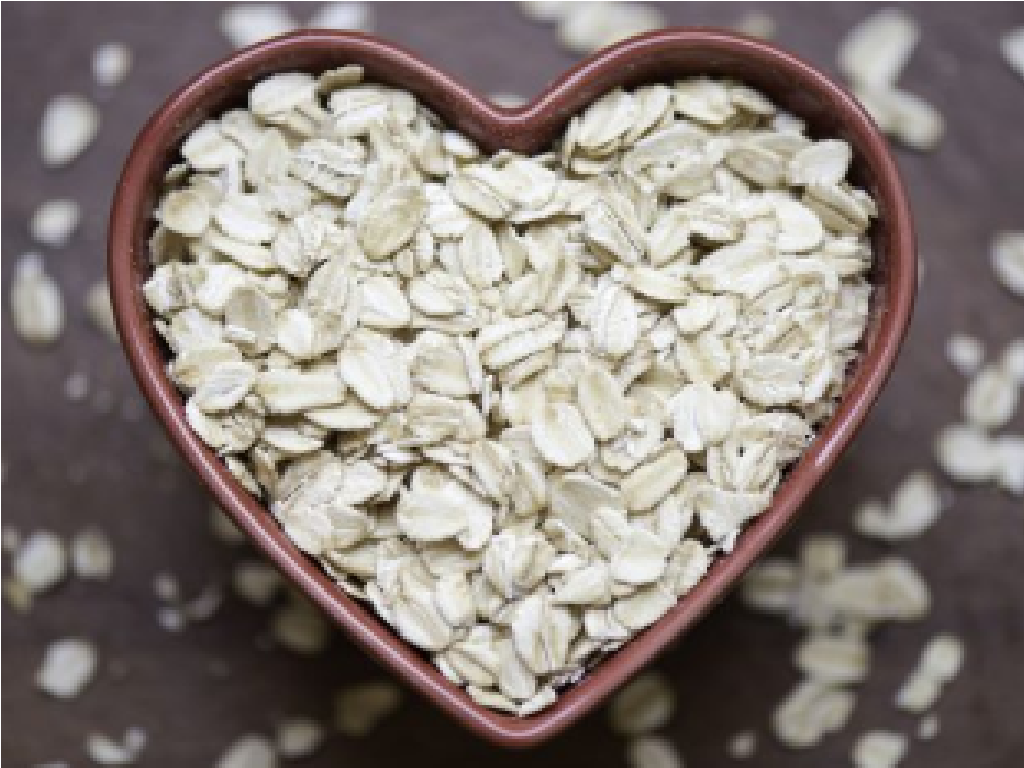The advice about how to lower cholesterol can get boring. Eat less red meat, ditch processed food, and cut the sugar.
I’m sure you get it by now.
But that’s not all you can do. There are a variety of tools that can help you reduce cholesterol and lower triglycerides to improve heart health, quality of life, and perhaps allow you to live better for longer.
Triglycerides are a type of fat in your blood. Your body converts unused calories into triglycerides and stores them in fat cells for later use. Although they are required for energy, too many can lead to problems and increase the risk for heart disease.
Here is how you may be able to lower them:
Lose Weight: Achieving a healthy weight means you’re eating as many calories as your body needs. This means you’re storing less fat, thereby reducing the number of triglycerides in your blood.
There is data to show that losing only 5-10 percent of body weight can significantly reduce triglycerides.
Boost Fiber Intake: Dietary fiber, found in fruits, vegetables, whole grains, and other plant sources can slow the absorption of fat and sugar, helping to reduce blood triglycerides.
Regular Exercise: Exercise can boost the level of “good” HDL cholesterol in your blood, which helps lower triglycerides. When paired with weight loss, it works even better.
Shoot for 30 minutes of aerobic exercise five times per week, minimum.
Eat Fatty Fish: Eating two servings of fatty fish per week can decrease triglycerides and offer highly valuable omega-3 fatty acids. Fatty fish intake is associated with improved heart health.
These tips may help you reduce triglycerides and boost heart health. There are many more, including boosting health fat intake, that can be used in addition to the advice you’re likely familiar with.



